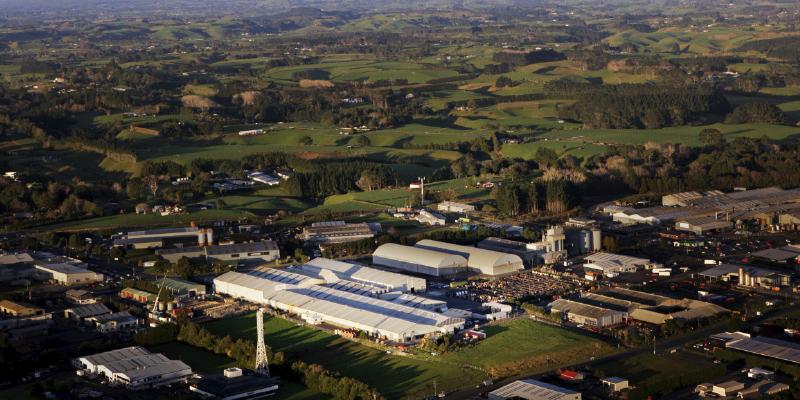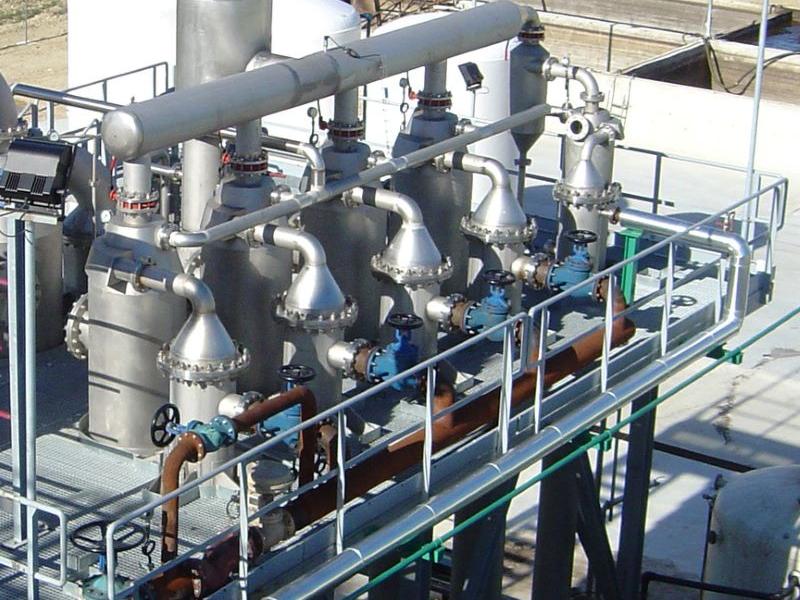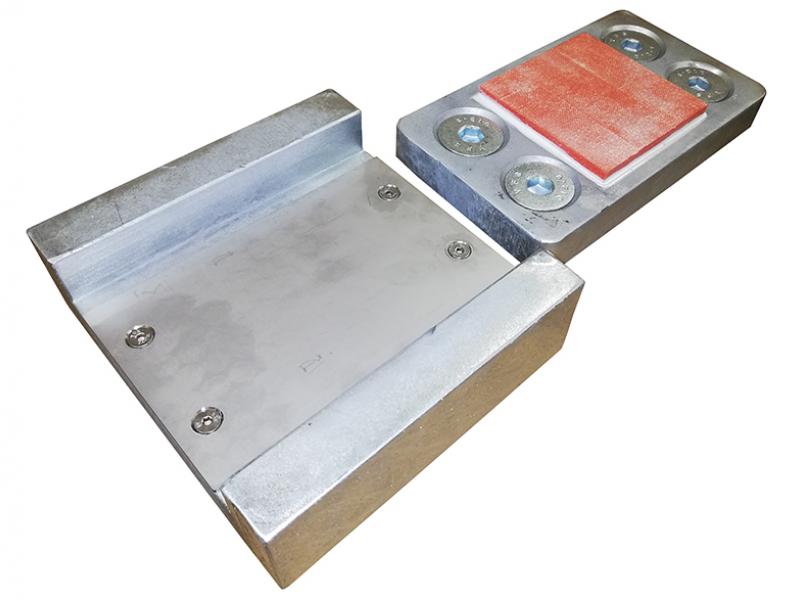In the 1960s when the first crosslinked polyethylene (XLPE) insulated medium voltage (MV) cables were installed, industry expected them to perform reliably for 20-30 years.
History shows that the service life of some of these early cables failed after only 10-15 years due to defects from voltage stress, moisture and other imperfections within the cable structure. It has been estimated that for every dollar that utilities spent installing cable, they had to spend at least NZD10 to replace it, with some still dealing with this today.
Nexans believes its long history as a pioneer in the design and manufacture of quality MV cables in New Zealand is impressive. It says it is the largest power cable manufacturer in New Zealand and has a state-of-the-art facility in New Plymouth, established in 1967 under CANZAC. The company prides itself on delivering MV cable that has a life expectancy in excess of 50 years.
Nexans knows its cable!
Nexans (then CANZAC) says it was the first to manufacture XLPE cables in the Southern Hemisphere in 1967. In 1973, the company was again one of the first in the Southern Hemisphere to introduce extruded semi-conductive screens to replace the taped version, maintaining a uniformly electric field to improve performance. By 1990, the company (then known as Olex Cables) had upgraded from steam to a dry-cured triple extrusion process and introduced tree-retardant cross-linked polyethylene (TR-XLPE) to New Zealand.
The company’s technical experts have been with it from the start, and their experience is what you can trust when it comes to long-life cables. Collaborating with its compound suppliers for over 50 years, Nexans says it provides the best TR-XLPE material available on the market today.
It has thorough standards for its other raw materials as well. If you’ve ever considered why some cable products are so much cheaper than others, it’s mostly because of the raw materials. The high-grade materials that Nexans uses makes up the majority of the cost of its products, ‘so if the price of other cable looks too good to be true, it almost certainly is’.
Indicative Cost Comparison
|
|
Nexans |
Unbranded |
|
MDPE Sheath |
|
2% |
|
PVC Sheath |
|
-1% |
|
Aluminium |
|
-0% |
|
Copper |
|
-0% |
|
Fillers |
|
-0% |
|
Certified TR-XLPE insulation |
|
-6% |
|
Semi-conductive screen |
|
-5% |
|
Cost |
|
-14% |
|
Life expectancy |
50 yrs |
? |
Constructing Long-Life Cable
A – Using the highest grades of copper and aluminium and the latest stranding technology, the company manufactures over two million metres of compacted MV conductors per year.
B – Utilising its state-of-the-art triple extrusion line, raw materials are conveyed from a pressurised clean room to ensure the extruded compounds are free from voids and contaminants. The 3-layer insulated core is monitored in-line, using x-ray technology, to measure key parameters such as wall thickness and concentricity.
C – Expertly-controlled metallic screening and cabling processes ensure the cable meets individual customers’ various fault rating requirements.
D – Sheathing layers are applied on thermoplastic extrusion lines where electronic diameter controllers again provide highly accurate in-process control.
Testing Long-Life Cable
Nexans’ test procedures, highly-experienced team and specialised equipment all combine to ensure that applicable AS/NZS standards are met, states the company. Investing in Nexans cable ‘gives you the very best of design, materials, refined manufacturing processes and quality test systems’.
During manufacturing, Nexans carries out ‘comprehensive’ in-process tests in its IANZ accredited laboratory. This ensures the cable meets the critical requirements of construction from the core through to the final outer sheath.
Once the cable’s completed, Nexans performs electrical tests* such as a spark test on the sheath, conductor resistance, high voltage a.c. and partial discharge (PD).
*A comprehensive list of Nexans’ sample and type tests is available on request.
Evolution of Long-Life Cable
1967 – CANZAC Cables produces the first-generation cross-linked polyethylene (XLPE) cable in the Southern Hemisphere.
1973 – CANZAC is again the first in the Southern Hemisphere to bring in extruded semi-conductive screens/shields to replace the taped version.
1990 – Olex Cables upgrades from steam to dry-cured triple extrusion and introduces the first-generation tree-retardant cross-linked polyethylene (TR-XLPE) in New Zealand.
1998 – An X-ray 8000-dimensional controller is installed to the MV line. This scans through three layers of polymer to accurately measure layer thicknesses for consistency.
2005 – Olex Cables goes into full production of the second-generation TR-XLPE reducing tree growth even further. A new advanced high-tech X-ray is installed.
2017 – Nexans Olex trials the next generation of TR-XLPE in 2011 and goes into full production in 2017, making Nexans New Zealand leaders in long-life cable, states the manufacturer.
There are no shortcuts in the manufacturing process at Nexans, promises the company. With strict adherence to the highest production values and global policies at the forefront, its testing requires special equipment to ensure AS/NZS standards are not only met but, in many cases, exceed expectations, making Nexans reliable suppliers of quality long-life cable, it states.






